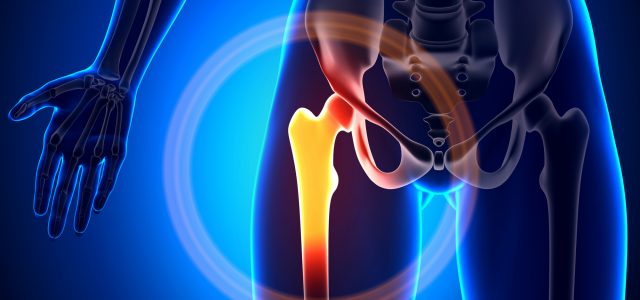
Recognising The Underlying Problem
If you have pain caused by trochanteric bursitis then the first thing to do is rest in order to reduce the inflammation and consult a physiotherapist, explains expert Jane Connolly of Whalley Physio
Is your sleep affected by pain on the outside of your hip when lying on the affected side? Does it hurt crossing your legs, getting up from a low chair or getting out of a car?
If so, you may be suffering from trochanteric bursitis, an inflammation of a fluid filled sac that serves as a cushion or friction pad between the boney trochanter of the hip and the soft tissues above.
Trochanteric bursitis generally occurs in middle-aged or older people, women more than men, though people of any age can be affected if the hip is overused or injured.
You may have hit your hip bone hard in a fall, laid on your side in bed too long due to illness or increased your activity such as running (with poor technique), or cycling (seat too high). The resultant repeated compression on the bursa causes inflammation which presents as a deep, burning pain on the outside of the hip, into the buttock and lateral thigh which is particularly sensitive to pressure.
If there hasn’t been a direct injury, then the main anatomical culprit is thought to be the iliotibial band (ITB). Weakness of the muscles that attach into this fascial band results in abnormal load and friction being put through the bursa. Equally, having one leg shorter than the other, which alters the gait or poorly rehabilitated low back pain or hip pathologies, results in weakness and excessive strain in the gluteal muscles at their attachment to the trochanter and thus aggravates the bursa underneath.
The first aim of treatment is to reduce pain and inflammation. Rest and reduced activity are essential. Physiotherapists address the initial symptoms by advising on the use of ice packs and ultrasound to reduce the pain and swelling. They may also use soft tissue massage and taping techniques to off-load the affected side.
However, recognising the underlying problem plays an important role in clearing the pain, whether it’s mobilising a dysfunctional lumbar spine or sacroiliac joint or addressing muscle imbalances around the hip and core that lead to tension in the iliotibial band or an altered gait.
Physiotherapists will prescribe progressive exercises to retrain the specifically weak muscles around the back, core and hip whilst improving flexibility and resting tension in others so that the pressure and strain through the bursa is functional. Improving proprioception, balance and gait through an exercise rehabilitation programme, being taught self-management techniques ultimately means a return to activity.
www.whalleyphysiotherapy.co.uk

